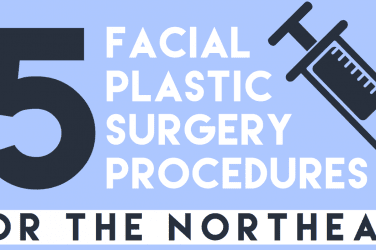To date, stem cell therapy for optic nerve atrophy has been used in experiments to repair cornea, retina, and optic nerve damage. There are many causes of optic atrophy that range from injuries, tumors, decreased blood supply to a genetic predisposition, exposure to toxins and infections, hydrocephalus, and rare degenerative disorders.
What is the atrophy of the optic nerve?
The optic nerve is a kind of “route” along which the impulses generated during the perception of images pass. If any of its part is “blocked off”, that is, atrophy occurs, then the picture is not transmitted accurately.
Unfortunately, such pathology can develop in people of any age. Not so long ago, doctors simply refused to treat the patient with a diagnosis of atrophy. The atrophy progression ended in blindness since doctors believed that it was impossible to restore the tissue of the optic nerve.
Causes of damage to the optic nerve
The causes of atrophy include ophthalmic diseases and various pathologies. The main of them are:
- Hereditary. With a DNA mutation, for example, the presence of Bourneville syndrome.
- Acquired. It is divided into primary and secondary ones. If peripheral neurons are compressed, then the primary type of atrophy develops. In this case, the ocular disc remains unchanged. If edema of the disc occurs, then the secondary atrophy develops. Also, due to the high intraocular pressure, a glaucomatous form may occur.
There are 3 stages of optic nerve degeneration: the initial one, the incomplete, and the complete. The disease may be stable or progressive.
What is the danger of optic atrophy?
Atrophy of the optic nerve is manifested quite clearly, but in children, it is more difficult to reveal the pathology. If the optic nerve is damaged slightly, the child may simply not understand this. Therefore, you should regularly visit doctors and undergo examinations.
Atrophy entails a number of consequences:
- A person ceases to perceive colors.
- Blindness.
- Regular headaches.
- Pain in the eyes.
- The field of view is narrowed, you have to choose the angle to look around.
Causes of atrophy
Atrophy of the optic nerve often occurs due to:
- Infectious diseases (meningitis, syphilis, herpes).
- Serious head injuries.
- Damage to the visual tissues and fibers.
- Diseases that affect the nervous system, e.g. multiple sclerosis.
- Alcohol poisoning.
- Violation of blood circulation, especially in the visual tissue.
- Cancer, e.g. due to compression of the part of the nerve.
- Skull bones fractures.
- Increased intraocular or intracranial pressure.
- Glaucoma.
- Vascular diseases that disrupt nutritional processes, e.g. vegetovascular dystonia, atherosclerosis, severe spasms of blood vessels.
- Brain diseases.
If at least one symptom is present, this can indicate the presence of optic atrophy. You can lose your sight simply because of inattention to your health. Contact Booking Health for the organization of diagnostic or treatment programs. Booking Health will help you undergo a comprehensive examination to find out if the visual fibers are normal. At the early stages of the disease, the treatment gives a significant result, up to the full restoration of the optic nerves.
Diagnostics of the disease
Atrophy of the optic nerve is diagnosed by conducting a series of examinations at the optometrist. Additionally, you may need to consult a number of other specialists, e.g. neurologist, neurosurgeon, etc.
In order to make a diagnosis, doctors carry out the following procedures:
- Angiography of the vessels of the brain.
- X-ray of the skull (looking for bone deformations or other abnormalities).
- MRI.
- Ophthalmologic examination.
The doctor may also prescribe a number of other examinations to get a more accurate clinical picture. After this, treatment of optic atrophy begins. The doctor’s task is to restore as many fibers as possible. The Sooner the presence of atrophy is determined, the higher the likelihood of success is.
Treatment of optic atrophy abroad with stem cells
Stem cell transplantation involves three main types of cellular material. The first type is the transplantation of embryonic cells, the second one is the transplantation of donor cells and the third one is the transplantation of the patient’s own stem cells. In the treatment of atrophy, the transplant often includes its own cellular material.
Stem cell therapy aims to repair damaged nerve fibers. During the procedure, mesenchymal stem cells are placed into the retrobulbar space. After this, the introduced material begins to differentiate into photoreceptors and other cells that have been destroyed in the retina and nerve endings. Innovative treatment of optic atrophy abroad leads to an improvement in color vision, night vision, photosensitivity, visual acuity, as well as a reduction in nystagmus and strabismus. Stem cell therapy can slow or stop further loss of vision in people with advanced disease.
Intravenous infusions and parabulbar injections of autologous stem cells are tolerated satisfactorily by patients, systemic side effects are absent. Local reactions after parabulbar injection in the form of moderate soreness and hyperemia persisted persist no longer than 3 days.







